The black Victorian dress was mainly used as a mourning outfit, widow’s outfit, or gothic outfit in the victorian era. Queen Victoria ruled Britain roughly from the 1830s to the 1890s. Her reigning period is usually known as the Victorian era. Besides technology, architecture, and literature, fashion also developed tremendously in this era. Victorian dresses had different styles and colors. They even had separate outfits for separate occasions. Victorian women’s dresses had more variation than men’s fashion. In this era, women were not allowed to help their families in business. Their roles were more household-related. At that time, the social classes were distinctively defined. Even the dresses of upper-class, middle-class, and lower-class people were different. Color such as white was only exclusive for rich women as only they could afford to clean it.
Click here if you are looking for a Victorian-inspired dress for yourself!
Victorian Black Dress Fashion
Victorian black dresses were used for a couple of occasions. They were mostly worn by Victorian people to express grief or mourn for the deceased. The mourning period and the mourning outfit used to vary depending on the relation with the dead person. It is briefly discussed in the next part of the article. In the Victorian era, black was also the color of the widow’s outfit. The people of the goth subculture also wear black outfits at that time. Black dresses were even popular as Halloween costumes at that time. Here you will be able to know about some main Victorian black outfits.
Victorian Mourning Dress
In the Victorian era, black was the traditional color to express mourning for the dead. Those who could afford the black outfit were expected to wear it—those who could not purchase any black garments used to dye what they already had. During the early Victorian era, this tradition was not maintained as strictly as it was maintained after the death of Prince Albert, husband of Queen Victorian, in 1861.
The mourning etiquette became rigid. The duration of the mourning period and the mourning outfit depended on whether the relationship with the dead person is close or distant. The stronger bond you share with the dead person, the mourning time of wearing a black dress will be that much longer. There were different steps in mourning periods. In the First Mourning, the outfit was entirely black, and the fabric was defined. The duration of First Mourning was fourteen to eighteen months.
Second, mourning was a changing time when less black was worn. Then came the Ordinary Mourning followed by Half mourning. Half mourning was another transition period when the black color was replaced by other colors such as lavender and mauve. Not all of these steps were always followed. Some of these steps decreased or even skipped if the mourner was not a close one of the dead person. People also wore black dresses on typical days, but the black mourning dress had a straight style.
Dull fabrics were used to make it, and black trim was applied to any white article of clothing. Even the hats were also given a black look. Shiny silk top hats were covered with dull black crepe. The crepe was the fabric mostly used for sewing mourning outfits. By the end of the 19th century, the demand for crepe highly increased. If a mourner owned white gloves, he or she might wear them after embroidering with black thread.
The mourning outfits for men were a lot easier than for women. Men could also observe a shorter mourning period. They would wear a black suit, a black hatband, and black gloves. Sometimes a black ribbon was also worn as an armband.
Children who attended the funeral were not expected to wear any mourning outfits. But they were sometimes dressed in white clothes. White ribbons were applied to hair, hats, buttonholes. Gloves were sewed with black. White frocks with black ribbons were the mourning outfit for very young children.
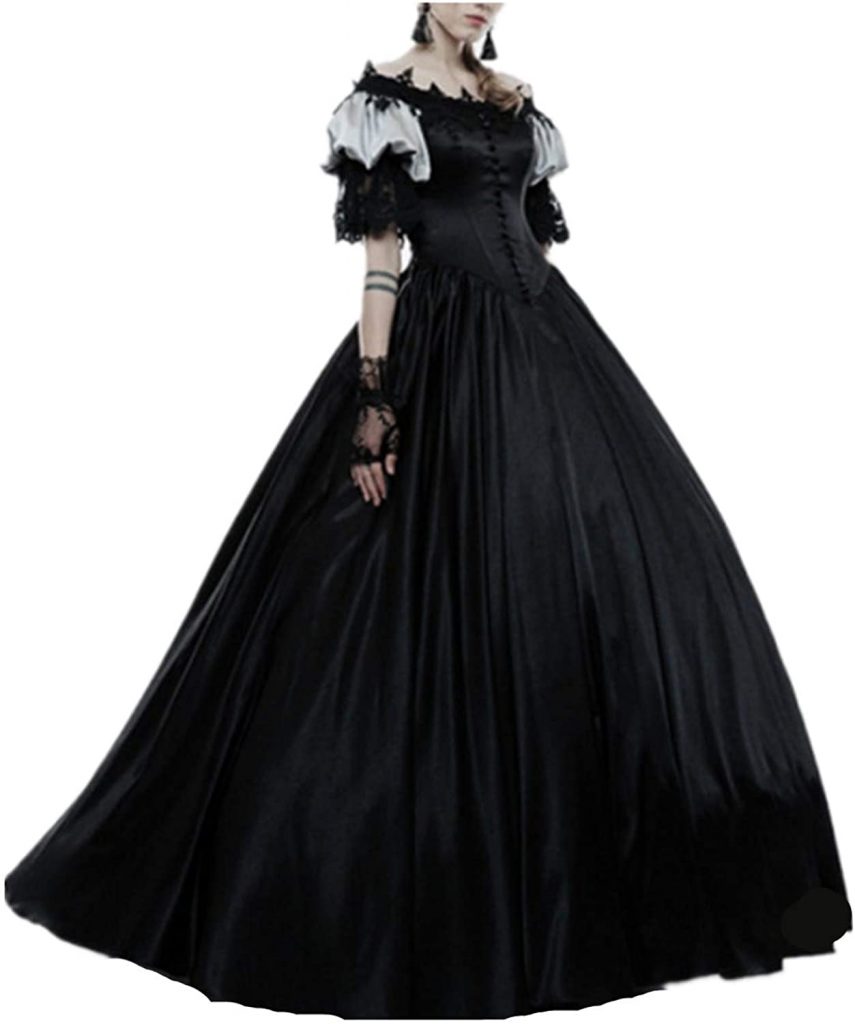
Victorian Widow’s Weeds
The mourning outfits of widows were different from other women’s outfits. The widow’s outfit was known as the widow’s weeds. While other black silk had the darkest midnight blue color, there was a type of jet black silk that was expensive and was known as a widow’s silk as a widow’s weeds were made with it. The outfit was all sewn in crepe. The collars and the cuffs were edged with black piping. Buttons were black, and the jewelry was also dark, such as jet-stones or black pearls for those who could afford them. Those who couldn’t purchase them used cheaper imitations. In this era, being capable of buying a mourning dress was a symbol of social status.
Widowers were supposed to be in this mourning phase for only three months, but at that time the mourning period expected for widows was more than 4 years. Women who used to wear black and mourn for a more extended period were given great respect due to their dedication to the deceased. Keeping the mourning attire at home even after the mourning period was over was considered as a piece of bad luck. So the mourners used to get rid of the black clothes. Later if someone else died, the outfit was bought afresh.
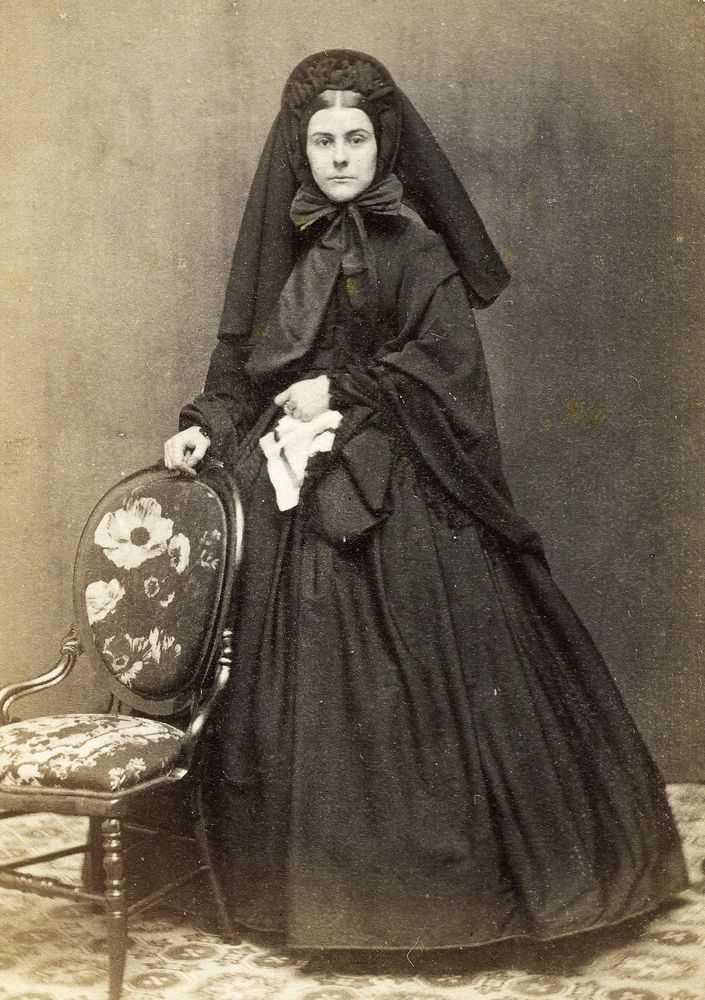
Victorian Gothic Dress
Victorian gothic dress or fashion was inspired by the Victorian era mourning clothes. The style included dark Victorian clothing and dark make-up with a pale complexion. Gothic Victorian fashion embodies both femininity and melancholy. The corset was one of the main items in Victorian Gothic fashion. It was made highlighted by its back lacing. Corsets were made as underbust or overbust. Besides black, corsets were of some other colors as well, such as green, maroon, and dark blue was popular. They might also have floral prints or stripes. Today many women choose to wear a shawl or a jacket over the corset. The jacket is usually cut so that the corset can still be seen. But Victorian ladies usually wore corsets under the clothes. The tops are usually worn with a long skirt. Skirts were simple, plain, and had lace hems. Some women wore petticoats under the skirts to resemble a posh ball gown. Some skirts were versatile in the sense that they could be worn down or tied into a bustle. Other skirts could be worn with a padded bustle underneath. Some women preferred to wear a chemise underneath the dress to protect clothing from body oils and odors.
Gothic Victorian gentlemen wore proper suits of actual black color, which might have red accents or pinstripes. They wore fitting trousers with no pleats. Sometimes a waistcoat was also used. All gothic menswear items were typically dark.
Find out about Victorian Steampunk Fashion.
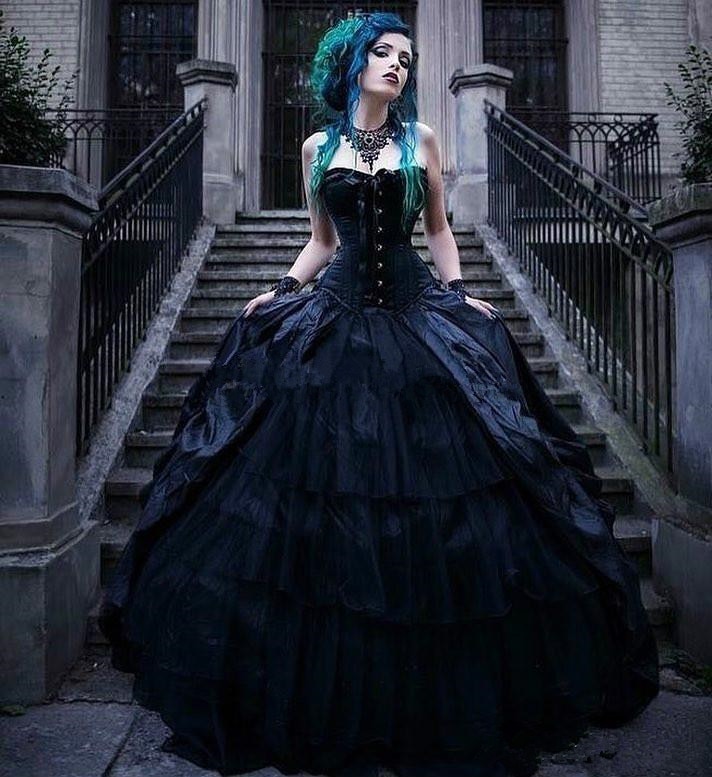
Victorian Halloween Dress
The Victorian people also used to celebrate Halloween wearing different costumes. On Halloween nights, people would dress up like supernatural beings like vampires, witches, skeletons, devils, etc. Many of these dresses were black. Even today, people wear Victorian-era black Halloween dresses Halloween.
Want to know more about Victorian Halloween fashion? Check this article!
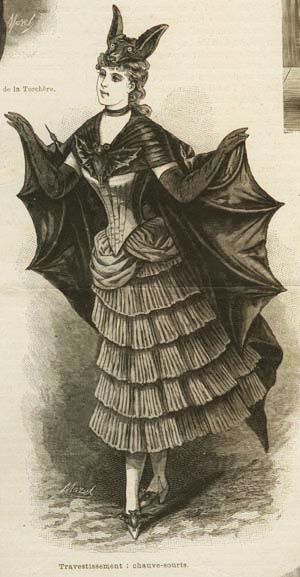
Modern Victorian Black Dress
At present black dress is used not only for funerals, Halloween, and gothic fashion but for various formal and casual occasions. The modern Victorian black dress retains the theme and style of the Victorian era but has a touch of contemporary fashion. These outfits are now more comfortable than before. Black outfits are now a common attire for parties, which was not the case in the Victorian era. Most people love black outfits, and so the black outfits with the Victorian era style are quite favorite today. New fashions are being introduced without changing the Victorian vibe keeping the black theme in mind. Many online stores are available from where you can buy the Victorian black dress of your choice.
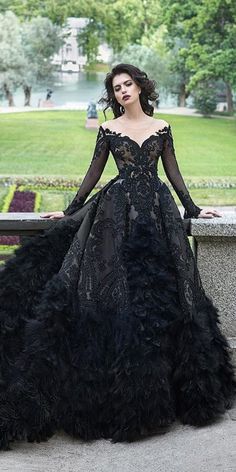
In the Victorian era, the black dress was mainly worn as mourning attire. The widows had to wear a black outfit strictly for a more extended time. People of the goth subculture used to wear black dresses back then as well. Now black outfits have become everyday attire and are often worn by both genders. The black dresses that are worn today at parties and special occasions often have the style of the Victorian era. Whether it is Halloween, birthday party, costume party, prom, or wedding reception, the Victorian-style black dress is the first preference of many people. If you are a fan of Victorian fashion, you should probably consider adding some Victorian black outfits to your wardrobe.

